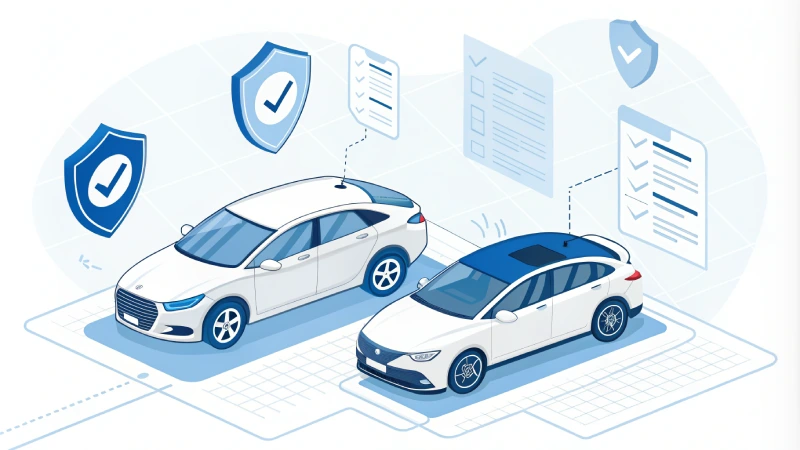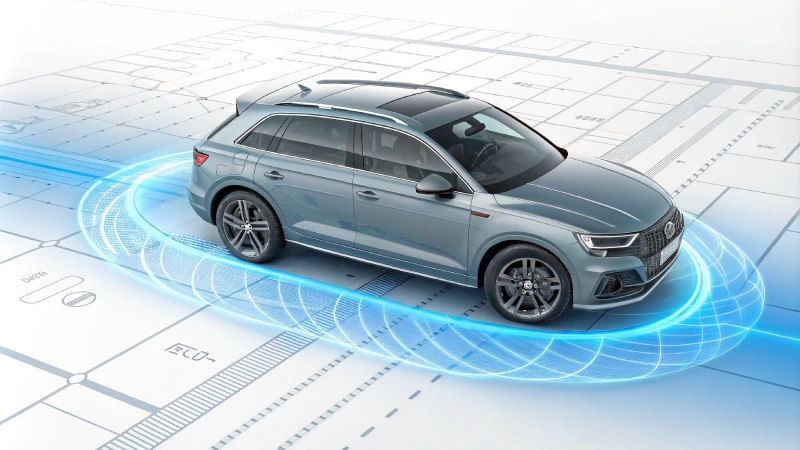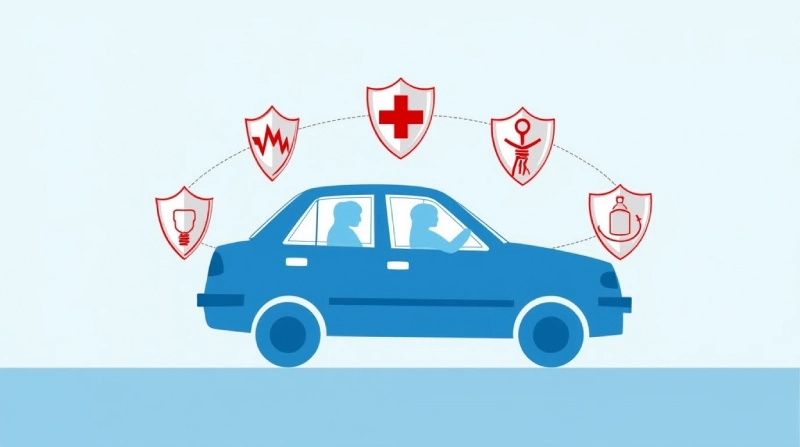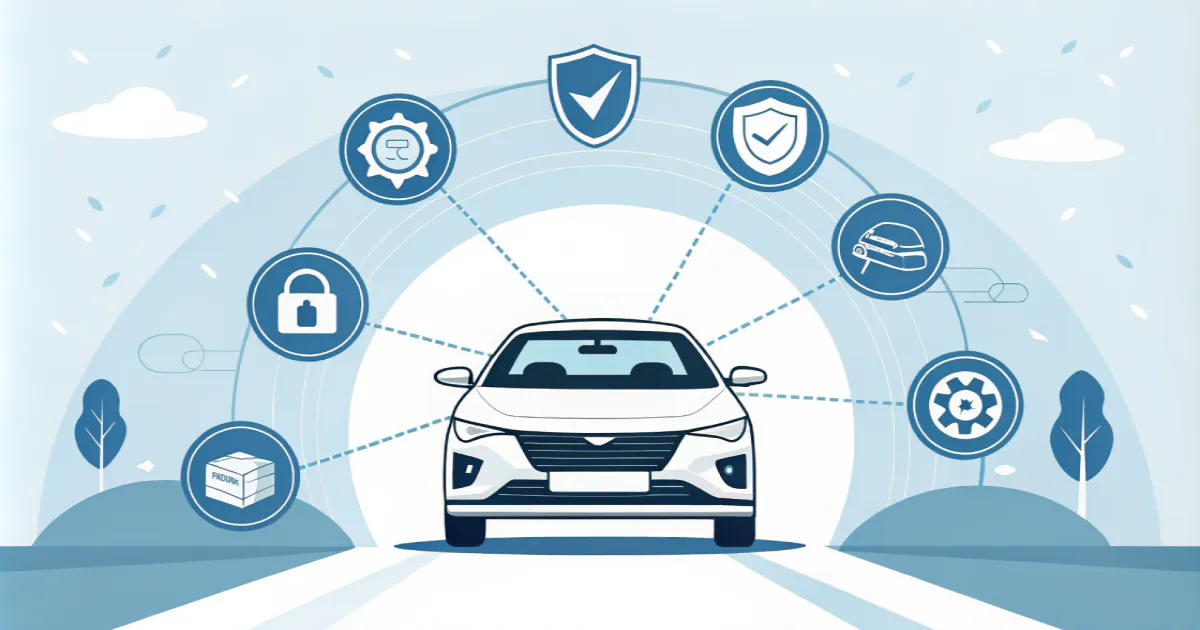Introduction
Car insurance is more than just a legal requirement—it's a crucial financial safety net that protects you, your vehicle, and others on the road. Understanding the different types of car insurance coverage is essential for making informed decisions about your auto insurance policy. In this comprehensive guide, we'll break down each type of coverage, explaining what it protects, why you might need it, and how to determine the right amount of coverage for your situation.
Liability Coverage

Bodily Injury Liability
This fundamental coverage pays for injuries to others when you're at fault in an accident. It covers:
- Medical expenses
- Lost wages
- Legal defense costs
- Pain and suffering damages
Property Damage Liability
This coverage handles damage you cause to others' property, including:
- Damage to other vehicles
- Damage to buildings or structures
- Damage to fences, lamp posts, and other property
Collision Coverage
Collision coverage protects your vehicle when it's damaged in an accident with another vehicle or object, regardless of who's at fault. This coverage is particularly important for newer vehicles or those with significant value.
What Collision Coverage Includes:
- Damage from accidents with other vehicles
- Damage from hitting objects (trees, poles, etc.)
- Single-car accidents (rollovers)
- Damage from potholes

Comprehensive Coverage
Comprehensive coverage protects against non-collision related damage to your vehicle. This "other than collision" coverage is essential for protecting against a wide range of potential hazards.
Natural Disasters
- Floods
- Hail damage
- Fallen trees
- Wind damage
Criminal Acts
- Theft
- Vandalism
- Break-ins
Other Incidents
- Fire damage
- Animal collisions
- Falling objects
Personal Injury Protection (PIP)
Personal Injury Protection, or PIP coverage, helps pay for medical expenses and related costs for you and your passengers, regardless of who caused the accident. This coverage is particularly valuable in no-fault states.
PIP Coverage Includes:
- Medical expenses
- Lost wages
- Rehabilitation costs
- Essential services (childcare, housekeeping)
- Funeral expenses

Uninsured/Underinsured Motorist Coverage
This crucial coverage protects you when you're involved in an accident with a driver who either has no insurance or insufficient coverage to pay for your damages.
Uninsured Motorist Coverage
Protects you when the at-fault driver has no insurance coverage.
- Medical expenses
- Lost wages
- Pain and suffering
- Vehicle damage (in some states)
Underinsured Motorist Coverage
Provides additional protection when the at-fault driver's insurance is insufficient.
- Covers the gap in coverage
- Protects against high medical costs
- Ensures adequate compensation
Additional Coverage Options
Gap Insurance
Covers the difference between your car's actual cash value and what you owe on your loan if your car is totaled.
- Essential for new cars
- Protects your loan balance
- Often required by lenders
Rental Car Coverage
Helps pay for a rental car while your vehicle is being repaired after a covered accident.
- Daily rental allowance
- Flexible duration options
- Convenience during repairs
Roadside Assistance
Provides emergency services when your vehicle breaks down.
- Towing services
- Jump-starts
- Tire changes
- Fuel delivery
Factors to Consider When Choosing Coverage
Vehicle Factors
- Age of vehicle
- Value of vehicle
- Lease or loan requirements
- Usage patterns
Personal Factors
- Budget constraints
- Risk tolerance
- Assets to protect
- State requirements
Conclusion
Choosing the right car insurance coverage is a crucial decision that requires careful consideration of your specific needs, circumstances, and risk tolerance. While basic liability coverage is mandatory in most states, additional coverage types provide important protection against various risks and potential financial hardships.
Ready to Calculate Your Premium?
Use our insurance calculator to estimate your premium based on your selected coverage types and personal factors.
Try Our Insurance Calculator